Landlord proof of residency letter template
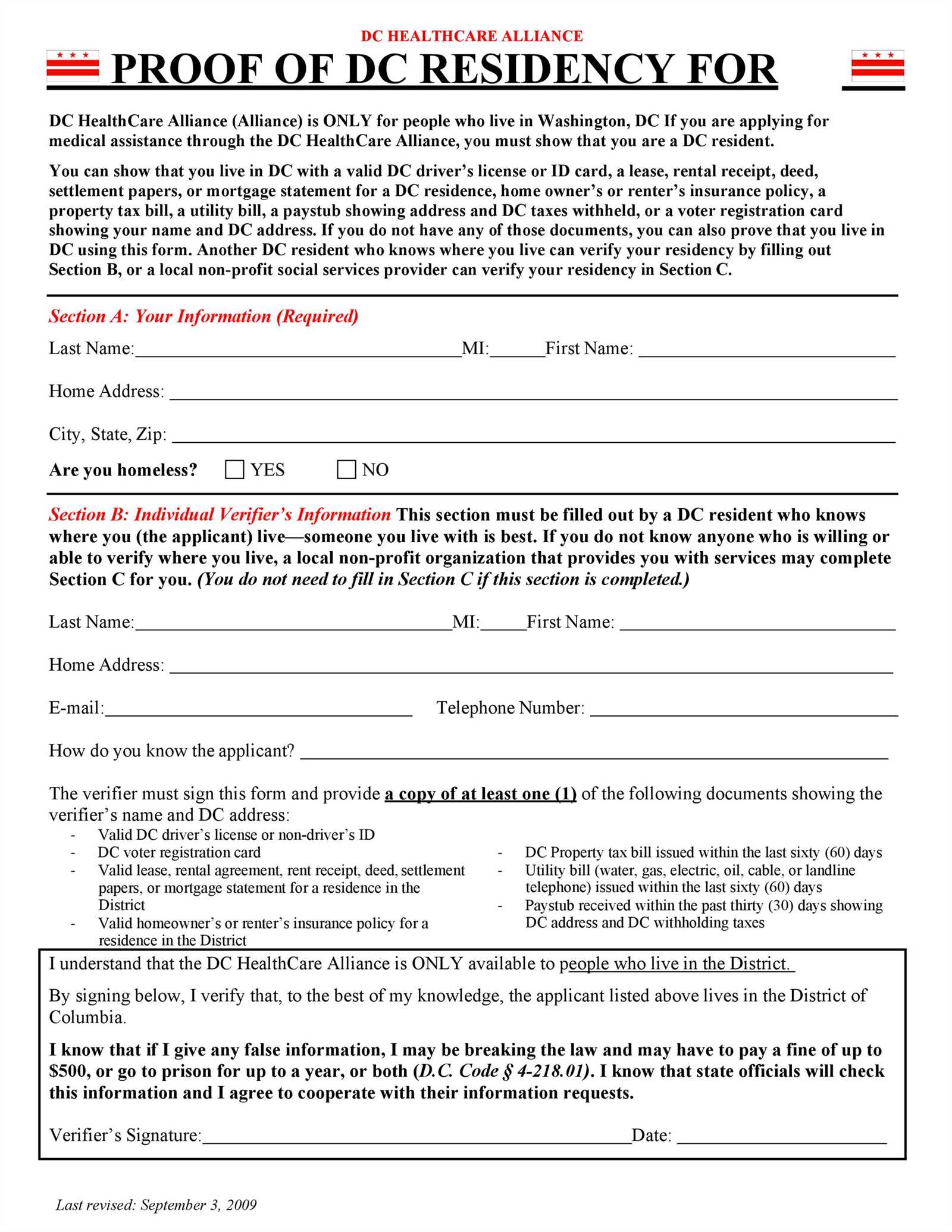
To create a proof of residency letter, start by clearly identifying the tenant and their current address. The letter should state that the tenant resides at the property and include details like the duration of the stay. Make sure to include the landlord’s contact information, as well as the signature and date at the end of the document.
Keep the language clear and straightforward. Avoid unnecessary details or personal opinions. A simple statement confirming the tenant’s residence is all that’s needed. Be sure to mention the specific address, including street name, city, and postal code, to avoid any confusion. Additionally, note if the tenant has resided there for a particular length of time, such as “since January 1, 2022.”
Use a professional tone throughout the letter, ensuring it remains formal. The letter can be formatted as a standard business letter, with a salutation and closing. Include a subject line if necessary, such as “Proof of Residency for [Tenant’s Full Name].” This ensures clarity and makes the letter easy to reference in the future.
Here are the corrected lines with minimized repetition:
Start by stating the tenant’s name clearly, followed by their exact address. Avoid using unnecessary adjectives or descriptions that don’t add to the proof of residence. For example, instead of saying “I hereby certify that John Doe, who resides in the apartment on Main Street, is living in the premises”, say “I certify that John Doe resides at [address].” Keep the wording direct and to the point.
When referencing the property, focus on the critical details. For example, instead of repeating the address multiple times, include it once in the opening sentence. Then, briefly mention the nature of the arrangement if needed, without over-elaborating. For instance, “This letter confirms that John Doe has been residing at [address] since [date].” This approach ensures clarity and avoids unnecessary repetitions.
How to keep it concise:
Use simple, straightforward language. When referencing dates or other details, be specific but concise. For instance, rather than “John Doe has been living at the address for several years,” write “John Doe has resided at the address since [date].” Avoid using phrases like “I confirm” or “I verify” repeatedly throughout the letter.
This method not only makes the document clear but also demonstrates a professional tone. Keep the focus on key facts, and avoid repetitive statements that do not add to the essential information.
- Landlord Proof of Residency Letter Template
A landlord proof of residency letter is a straightforward document that confirms a tenant’s residence at a specific address. Here is a simple and clear template you can use:
[Landlord’s Name]
[Landlord’s Address]
[City, State, Zip Code]
[Phone Number]
[Email Address]
[Date]
[Tenant’s Name]
[Tenant’s Address]
[City, State, Zip Code]
Dear [Recipient’s Name],
This letter is to verify that [Tenant’s Name] has been a tenant at [Property Address] since [Move-in Date]. [Tenant’s Name] currently resides at this address and has maintained a lease agreement throughout the duration of their stay.
If you have any further questions or need additional verification, please feel free to contact me at [Phone Number] or [Email Address].
Sincerely,
[Landlord’s Name]
[Signature]
A residency proof letter should be clear and include all necessary details to verify someone’s address. It must state the resident’s full name, the address of the property, and the duration of their stay. Specify whether the resident is renting or owns the property. If applicable, include any relevant lease agreement or ownership documents as supporting evidence.
Key Information to Include
Ensure the letter includes the following key elements:
- The full legal name of the resident.
- The complete address of the residence, including apartment or unit number if applicable.
- The start date of the resident’s occupancy and the intended length of stay or the date they moved in.
- A statement confirming the resident is living at the specified address, along with the type of residency (e.g., renting or owning).
- The landlord’s or property manager’s name and contact details, including their role and how they can verify the information provided.
Additional Considerations
If the letter serves a specific purpose, such as applying for a loan or enrolling in a school, mention that context to clarify its intention. You might also need to include dates of payment for rent or utilities as proof of ongoing residence.
Begin by including the full name of the tenant or resident at the top of the document. Follow this with the full address of the property in question, ensuring it matches official records. Include the date the document is being written. The format should be clear and easy to read, with appropriate spacing between sections.
Next, specify the nature of the document–whether it is for proof of residency, lease verification, or a similar purpose. State the duration of the tenant’s stay at the address, including the move-in date and, if applicable, the expected move-out date.
Provide details about the landlord or property manager, including their name, title, and contact information. Make sure the landlord’s signature is included at the end of the letter, alongside their printed name and the date of signing.
If the letter is being notarized, include a section where a notary public can sign and provide their seal, confirming the legitimacy of the document. This can help establish trustworthiness in official contexts.
Lastly, ensure that the formatting is simple and professional. Avoid unnecessary decoration or complex wording. The content should be direct, concise, and easily verifiable by relevant authorities.
Property owners must adhere to specific legal standards to ensure smooth tenancy relationships and avoid potential disputes. Below are key points to keep in mind:
- Written Lease Agreements: Always have a written agreement that outlines tenant rights, obligations, rent terms, and property maintenance responsibilities. This prevents misunderstandings and protects both parties in case of legal disputes.
- Proper Notice Requirements: Follow local laws regarding notices for rent increases, eviction proceedings, and lease terminations. Failure to comply with notice periods can lead to legal penalties or delays in proceedings.
- Security Deposit Guidelines: Be familiar with your jurisdiction’s rules on security deposits, including how much you can charge, when it must be returned, and the proper handling of deductions for damages or unpaid rent.
- Fair Housing Laws: Comply with federal and state fair housing laws to avoid discrimination. Ensure that all rental practices, including advertising and tenant selection, are non-discriminatory based on race, gender, disability, or other protected categories.
- Maintenance and Habitability: Property owners must maintain their property to meet basic health and safety standards. This includes ensuring plumbing, heating, and electrical systems are in working order, as well as addressing health hazards like mold or pest infestations.
- Tenant Privacy Rights: Respect tenant privacy by providing proper notice before entering their unit. While maintenance and emergency access are allowed, tenants have the right to quiet enjoyment of their rented space.
Be precise with the dates mentioned in the letter. Incorrect or vague dates can lead to confusion. Ensure the period of residency is clearly stated, including move-in and move-out dates if applicable.
Avoid incomplete or unclear addresses. The full address of the property, including unit number (if relevant), city, state, and ZIP code, should be included. Any omission can raise doubts about the validity of the letter.
Do not use generic or vague language. Instead of saying “the tenant resides,” specify “Tenant has lived at [address] from [start date] to [end date].” This makes the information more verifiable and clear.
Ensure the landlord’s contact information is complete. Include a valid phone number, email address, and a signature. If any of these are missing or hard to verify, the letter’s legitimacy can be questioned.
Avoid overstating or underplaying details. Keep the tone professional and factual. Claims like “long-term tenant” without specifying how long or “excellent condition” without supporting context can appear untrustworthy.
Do not use unprofessional language. Keep the tone formal and objective, focusing on the residency facts. Avoid personal opinions or overly casual language that might undermine the letter’s authority.
To customize the landlord proof of residency letter template for different scenarios, focus on specific details that are relevant to the situation. For example, if the tenant is requesting proof for legal matters, add any required legal references, such as the lease agreement dates or landlord contact information. This ensures that the letter is directly applicable to the situation at hand.
Adjust for Rental Duration
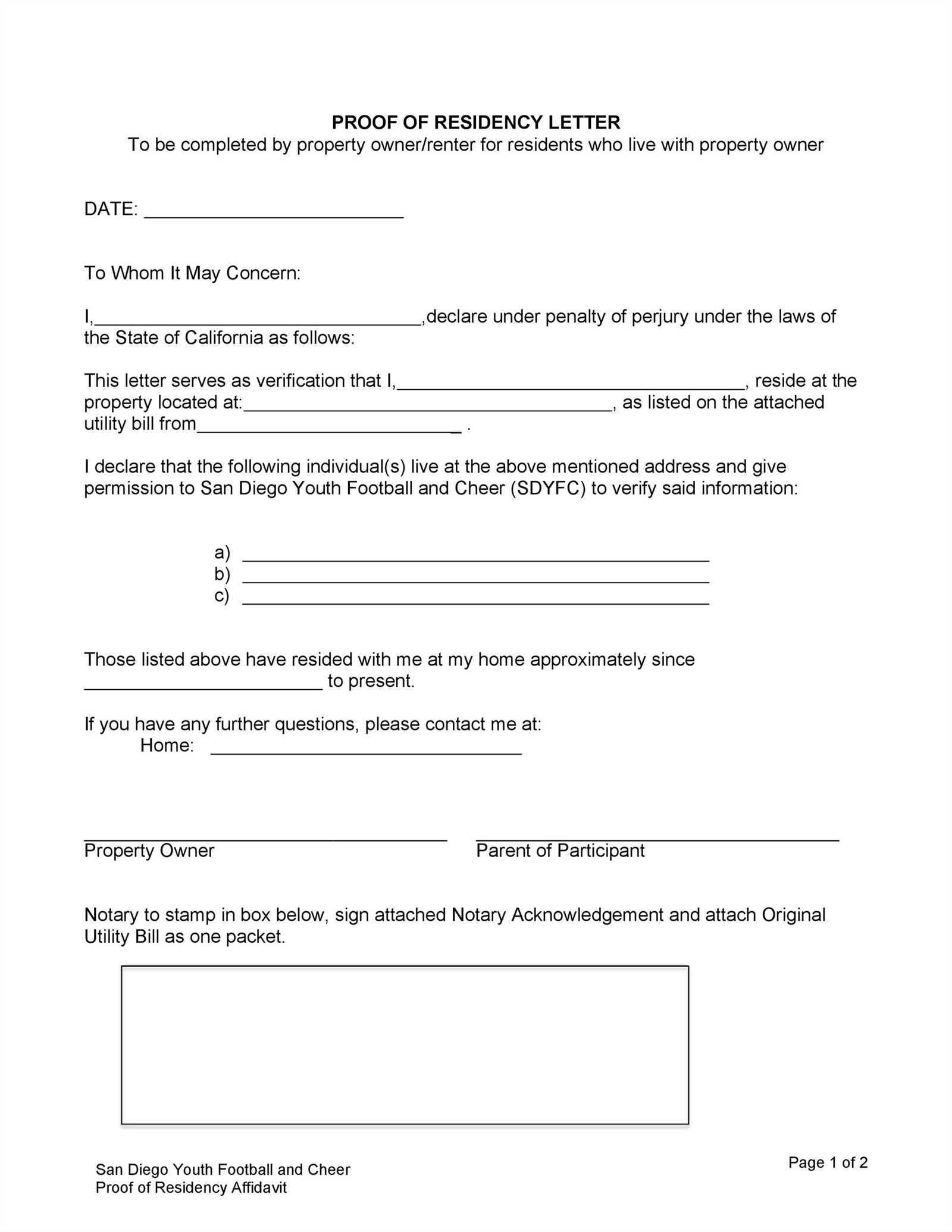
Modify the dates of residence to match the tenant’s actual stay. For short-term leases, include start and end dates; for long-term tenants, provide the lease’s renewal or extension dates. This information helps the recipient understand the length of the tenant’s residency clearly.
Include Specific Address Details
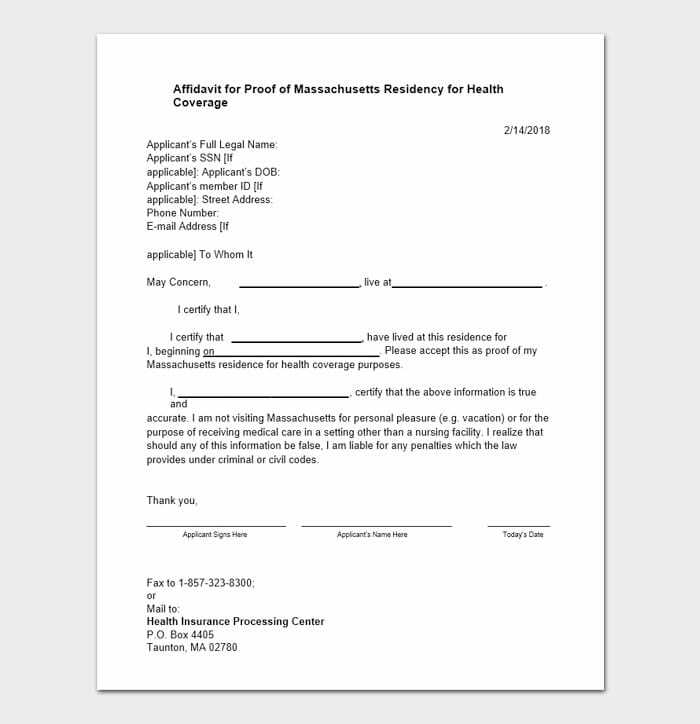
Be sure to specify the full address of the property, including unit numbers, if applicable. For different situations, such as applying for loans or government assistance, mentioning the precise location avoids any confusion regarding the tenant’s residence.
| Template Section | Customization Tips |
|---|---|
| Tenant’s Full Name | Ensure the name matches official documents to prevent discrepancies. |
| Landlord’s Contact Information | Provide accurate and current phone number and email address for verification. |
| Dates of Residency | Adjust for exact start and end dates or renewal periods. |
| Address of the Property | Confirm that the full address, including unit number, is correct. |
Tailor the letter’s tone depending on its purpose. A formal tone is best for legal or official documents, while a more neutral or informal approach might be suitable for less official matters. By addressing these key areas, you ensure the template works for any situation with clarity and precision.
Provide proof of residency when tenants request verification for specific purposes. Common scenarios include opening bank accounts, applying for government assistance, or enrolling children in school. These requests usually come from tenants who need an official document confirming their address. It is also necessary when tenants apply for residency-related benefits or renewals, such as health insurance or utility discounts.
Situations Requiring Proof of Residency
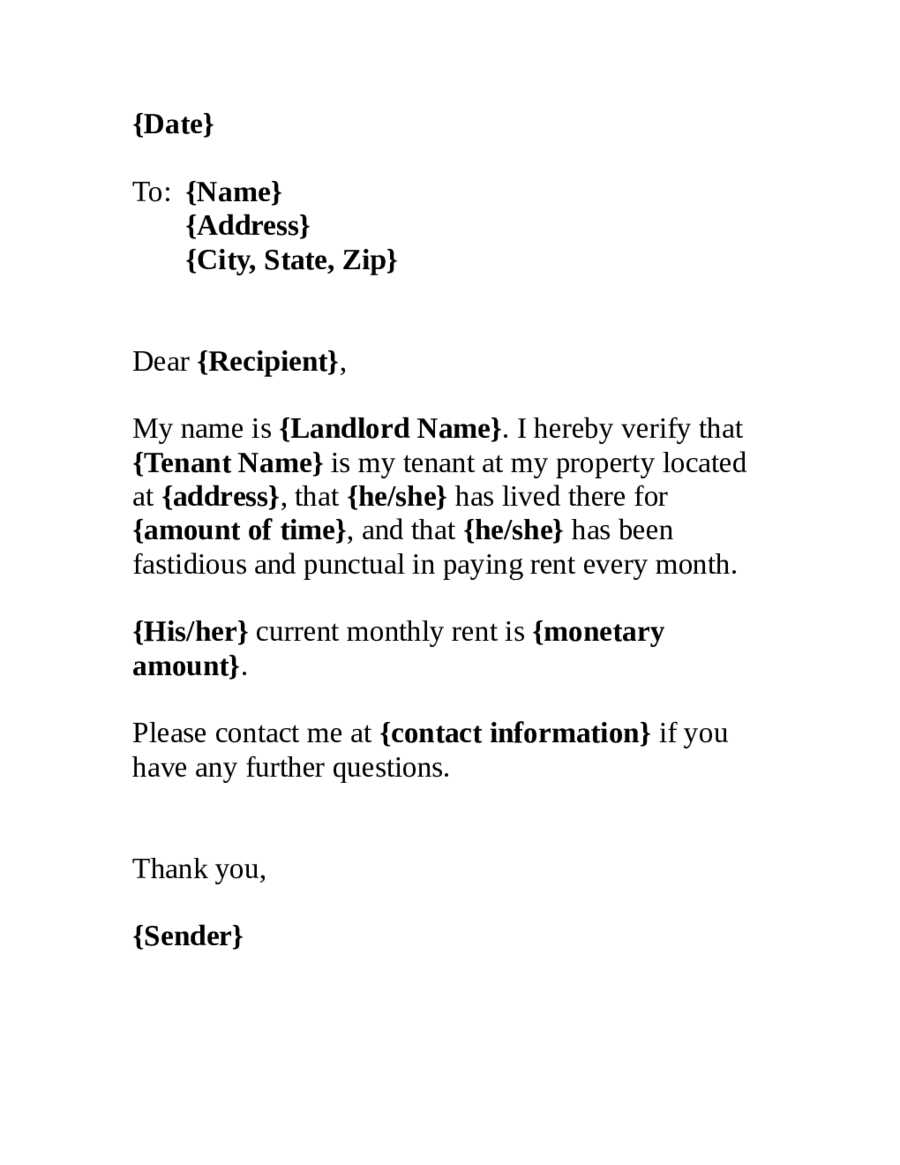
- Tenant needs to update records with local authorities or service providers.
- Tenant is applying for a driver’s license or other forms of identification.
- Tenant is involved in legal proceedings that require residency verification.
- Tenant is relocating and needs proof for moving-related purposes.
When Tenants Are Entitled to Request Proof
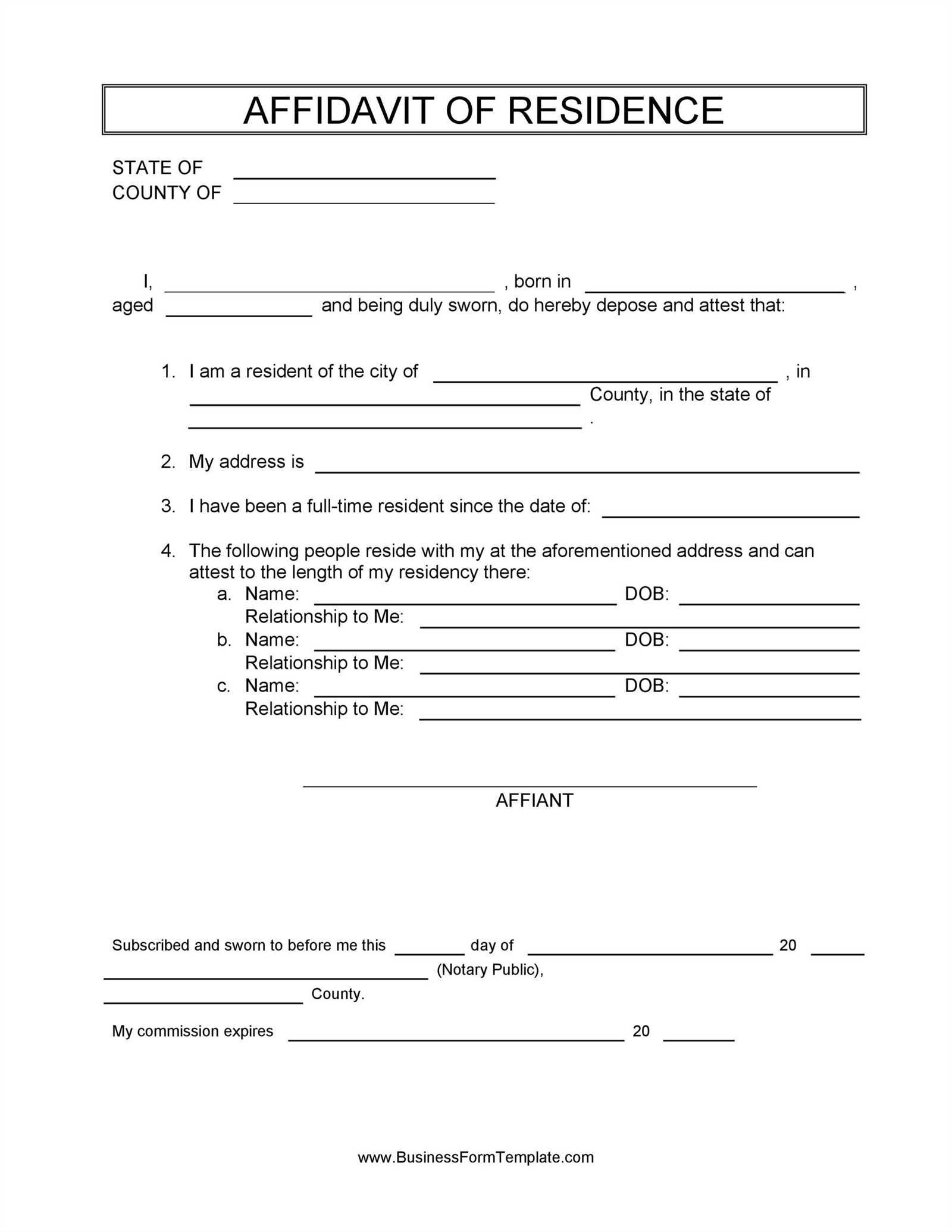
- At the start of their lease agreement or renewal process.
- When required by any third-party service providers or legal entities.
- If a government program or utility service demands residency confirmation for eligibility.
Ensure the proof of residency letter includes the landlord’s full name, address of the property, and a statement confirming the tenant’s residence. The letter should be on the landlord’s official letterhead if possible, or include their contact information such as phone number and email. Clearly state the duration of the tenant’s stay and any other relevant details like lease agreements or rental terms. Include a signature from the landlord to validate the document.
If necessary, also add specific details such as the type of rental arrangement or any applicable identification numbers. Avoid unnecessary language or personal opinions to keep the letter concise and factual.